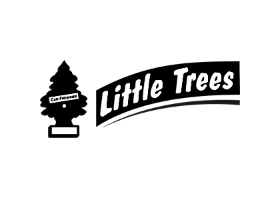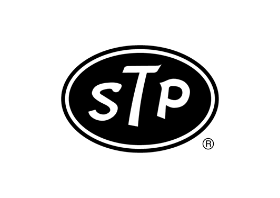English
- استرجاع مجاني وسهل
- أفضل العروض
Kin How We Came To Know Our Microbe Relatives hardcover english - 6/1/2017
الآن:
179.00 د.إ.شامل ضريبة القيمة المضافة
 توصيل مجاني
توصيل مجاني
احصل عليه خلال 27 - 30 نوفمبر

احصل على 5% رصيد مسترجع باستخدام بطاقة بنك المشرق نون الائتمانية. اشترك الآن. قدّم الحين

ادفع على 4 دفعات بدون فوائد بقيمة ٤٤٫٧٥ د.إ.اعرف المزيد

قسمها على 4 دفعات ب ٤٤٫٧٥ د.إ. بدون فوائد أو رسوم تأخير.اعرف المزيد




1
توصيل مجاني لنقطة نون ومراكز الاستلام
معرفة المزيد
إرجاع سهل لكل المنتجات في هذا العرض.

المنتج كما في الوصف
70%
شريك لنون منذ
7+ سنينالمواصفات
| الناشر | Harvard University Press |
| رقم الكتاب المعياري الدولي 13 | 9780674660403 |
| اللغة | الإنجليزية |
| وصف الكتاب | Since Darwin, people have speculated about the evolutionary relationships among dissimilar species, including our connections to the diverse life forms known as microbes. In the 1970s biologists discovered a way to establish these kinships. This new era of exploration began with Linus Pauling's finding that every protein in every cell contains a huge reservoir of evolutionary history. His discovery opened a research path that has changed the way biologists and others think about the living world. In Kin John L. Ingraham tells the story of these remarkable breakthroughs. His original, accessible history explains how we came to understand our microbe inheritance and the relatedness of all organisms on Earth. Among the most revolutionary scientific achievements was Carl Woese's discovery that a large group of organisms previously lumped together with bacteria were in fact a totally distinct form of life, now called the archaea. But the crowning accomplishment has been to construct the Tree of Life--an evolutionary project Darwin dreamed about over a century ago. Today, we know that the Tree's three main stems are dominated by microbes. The nonmicrobes--plants and animals, including humans--constitute only a small upper branch in one stem. Knowing the Tree's structure has given biologists the ability to characterize the complex array of microbial populations that live in us and on us, and investigate how they contribute to health and disease. This knowledge also moves us closer to answering the tantalizing question of how the Tree of Life began, over 3.5 billion years ago. |
| المراجعة التحريرية | In a delightfully personal yet accurate style, Ingraham describes the events and personalities that brought us the 'Tree of Life, ' the representation that encapsulates the relatedness of all organisms of Earth. Readers will be educated while they are entertained as they explore fascinating aspects of life discovered through the study of our microbial relatives.--Roberto Kolter, Harvard University Charles Darwin knew microbes as 'infusoria, ' and left them off his partial tree of life -- little dreaming of how they dominate it, or of their intimate relationship with humanity. That kinship, reveals microbiologist John Ingraham in this succinct scientific chronicle, began to emerge in the 1960s and 1970s with revolutionary findings such as Carl Woese's discovery of archaea. Ingraham deftly traces the rise of relevant fields, and highlights landmark research on the gut microbiome, the putative origins of life in oceanic hydrothermal vents and more.-- (05/04/2017) Those curious to learn about modern microbiology would certainly enjoy hearing from one of its founders.--Michael Galperin"Quarterly Review of Biology" (12/01/2018) |
| عن المؤلف | John L. Ingraham is Professor of Microbiology, Emeritus, at the University of California, Davis. |
| رقم الطبعة | 1 |
| تاريخ النشر | 6/1/2017 |
| عدد الصفحات | 304 |
Kin How We Came To Know Our Microbe Relatives hardcover english - 6/1/2017
تمت الإضافة لعربة التسوق
مجموع السلة 179.00 د.إ.
























































































































